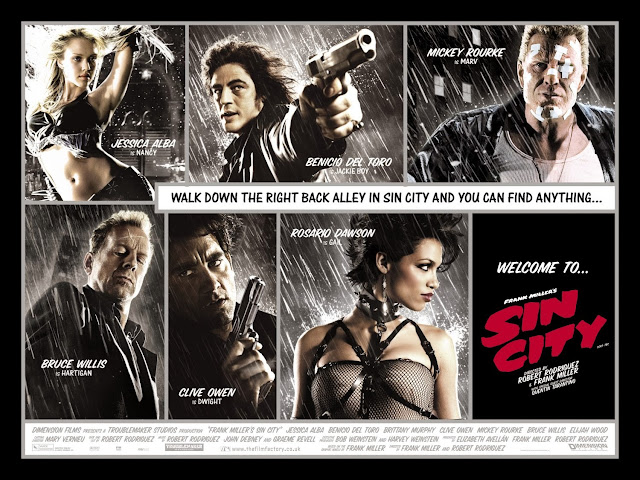
The small town is “a deeply rooted symbol in the country’s
collective consciousness,” more than a place, it’s “a distinct life-style with
its own set of values,” and, implicitly, its own set of drawbacks (Levy 15).
The phrase itself has come to carry a double layer of meaning, at once
sentimental and condescending. It has been a “permanent staple of the American
cinema” since its inception (Levy 16). The image of the small town in film has
changed drastically over the past century, influenced by social and historical
events and phases of the country, from an idealized and romanticized version in
the 1930s, to the idea of small town as prison, a repressive environment of
conformity and dull homogeneity in the 1950s, and everything in between.
However, from the very beginning, it has been the image of the ideal, rather
than its realization, that has ensured the survival of the small town as myth,
“at once historical (specific) and universal (atemporal),” providing both “a
version of concrete history and a vision of existence” (MacKinnon 3, Levy 20). Gary
Ross’ Pleasantville (1998), Todd
Haynes’ Far From Heaven (2002), and
Sam Mendes’ Revolutionary Road (2008)
all depict the less-than-sunny side of small towns and suburbia, in a very
personal way, and at the same time their characters stand in as representatives
for society as a whole, individuals who gave in to the idea of the middle-class
American Dream of success in the small town, and found themselves trapped by
the environment’s blandness, boredom, and the constant obsession of keeping up
with the Joneses
All of these movies take place in the fifties, and it has
been that era, more than any other, that seems to epitomize and perpetuate the
image of the suburban/small town ideal, chock-full of family values carried “to
the heights of saccharine platitudinousness” in shows like Ozzie & Harriet, Father
Knows Best, and Leave it to Beaver,
“shows with lots of teeth—teeth that were all evenly spaced, capped, and pearly
white. But not teeth that actually bit into anything, [in] a world nicely
contained in a box in which there were no problems that couldn’t be solved in
twenty-two minutes,” (Simon 67, Wynne-Jones 31). These “kinder, gentler” times
we reconstruct from TV reruns and movies of the 1950s bear little resemblance
to reality, and in films like Pleasantville,
directed by Gary Ross, we begin to see the true colors of this antiseptic view
of the past (Sharett 65). Like any fairytale, the movie begins with “Once upon
a time,” and transports the viewer into this “mythic utopia” we have made of
the fifties (Maio 89).





























_06.jpg)












